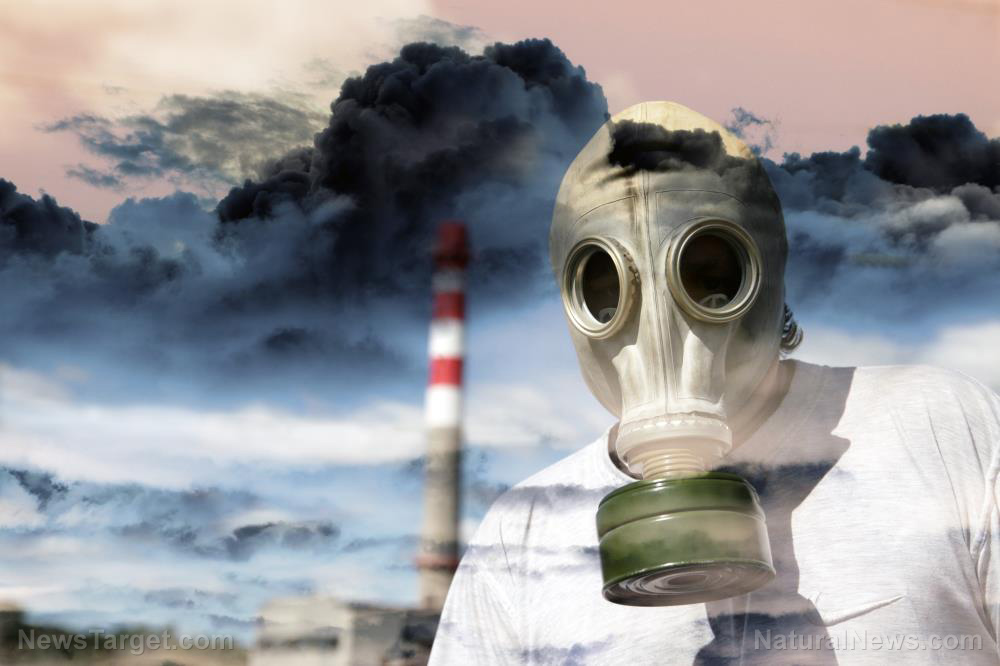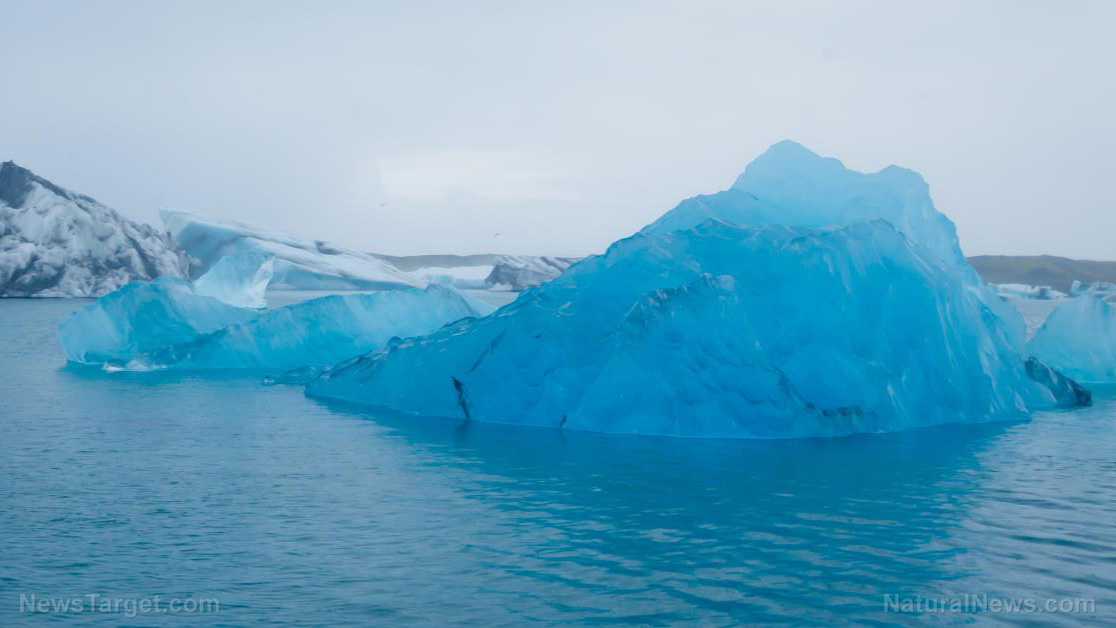Study: Benign volcanoes may be more explosive than previously thought
07/31/2020 / By Virgilio Marin

A recent study published in the journal Nature Communications found that benign volcanoes that produce basaltic lava flows hide highly explosive magma components.
Many volcanoes do not cause life-threatening eruptions even though they release a steady stream of lava. For example, volcanoes in Iceland, Hawaii and the Galapagos Islands consistently emit lava comprised of molten basaltic rock. These chemically homogeneous level flows stream down these volcanos’ flanks at very slow speeds.
However, the findings of the study suggest that the seemingly predictable behavior of the volcanoes belie potentially explosive activity.
“We started the study wanting to know why these volcanoes were so boring and what process caused the erupted lava compositions to remain constant over long timescales. Instead, we found they aren’t boring at all – they just hide these secret magmas under the ground,” said Michael Stock of Trinity College Dublin, the lead author of the study.
Gentler volcanoes contain chemically diverse magma with highly explosive activity
In the study, the researchers examined solidified lava samples from two volcanoes in the Galapagos Islands: Wolf and Fernandina. These two volcanoes have continued to spew basaltic lava throughout their lifetimes.
The team sampled basaltic lava and tephra from a 2015 eruption of Wolf and an igneous rock called gabbro from a 1968 eruption of Fernandina. These rocks contained microscopic crystals that preserved deep volcanic processes. By deciphering the composition of these rocks, the team could reconstruct the chemical and physical characteristics of magmas lying beneath the volcanoes.
The results show that, despite their monotonous basaltic flows, the magma lying deep beneath each volcano extremely diverse and included compositions similar to those that caused the cataclysmic 1980 eruption of Mt. St. Helens in Washington state. The latter eruption resulted in the deaths of 57 people and the destruction of 250 homes.
This means that even seemingly gentler volcanoes present a potential for explosive behavior too.
The team posited that volcanoes consistently erupt homogeneous basaltic lava because the high volumes of magma flushing through the ground “overprint” chemical diversity. That’s because heterogeneous melts are fewer, so they are easily overpowered by the greater basaltic magma. They added that “only crystals that were not fully resorbed during mixing preserve evidence of the earlier heterogeneity.”
These volcanoes are typically located close to a hot spot – a plume of hot magma rising towards the surface from deep within the Earth. While they’re generally benign, they could become more explosive under certain circumstances. The chemically diverse magmas could become mobile and ascend toward the surface, leading to more disruptive and possibly dangerous eruptions.
Still, the researchers said that it doesn’t seem likely that the activity in the three Galapagos volcanoes will become more explosive anytime soon. However, their study does help people understand the risks posed by volcanoes, especially those that appear tranquil on the surface.
“Just because they’ve always erupted a particular way in the past doesn’t mean you can rely on them to continue doing the same thing indefinitely into the future,” said Stock.
The researchers added that their findings match with initially divergent discoveries including the presence of explosive deposits at several Galapagos volcanoes. Taken together, this evidence help experts better monitor the behavior of the volcanoes and improve hazard assessments. (Related: New study overturns classic ideas about volcanic eruptions.)
Learn more about how the behavior of volcanoes and volcanic eruptions at Disaster.news.
Sources include:
Tagged Under: breakthrough, discoveries, environment, innovation, lava flow, magma, natural disaster, research, science and technology, volcanic eruption, volcano
RECENT NEWS & ARTICLES
COPYRIGHT © 2017 ECOLOGY NEWS




















